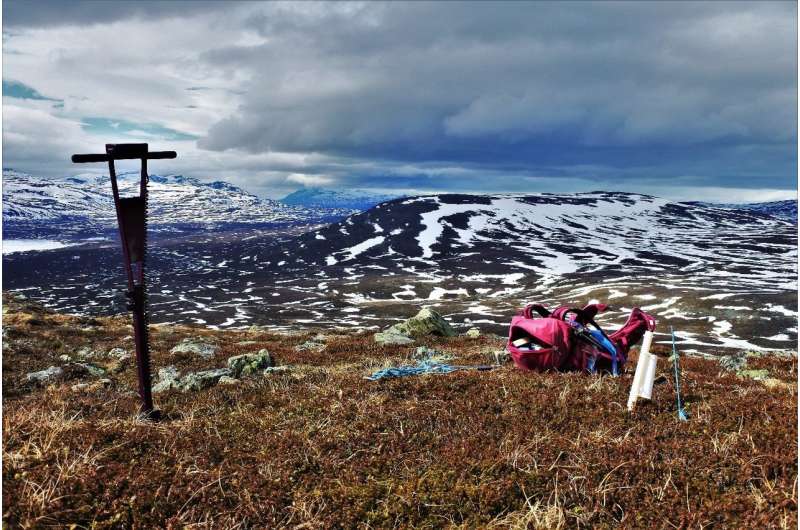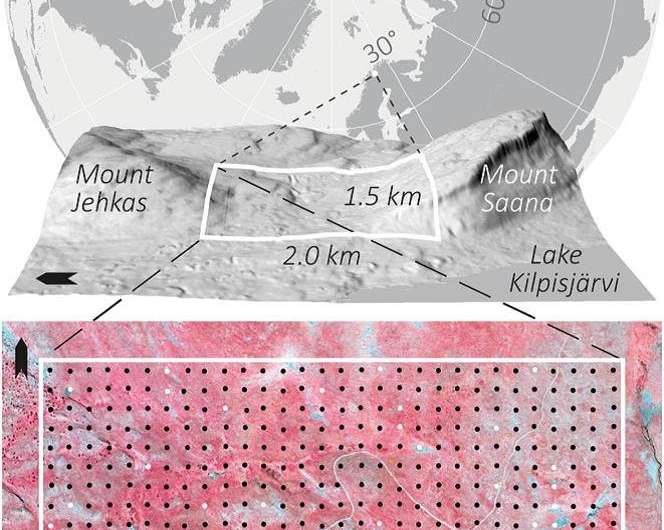Open data help scientists to unravel Earth systems

Understanding nature and its processes has greatly benefited from open data. Open remotely sensed data make hard-to-reach wilderness areas more accessible—at least from above. These advances provide new opportunities for Earth system research, such as in a recent soil moisture study by BioGeoClimate Modelling Lab from the Department of Geosciences and Geography at the University of Helsinki.
"The high latitudes are regarded as temperature limited environments, but even in these cold systems water plays a great role. We are interested in soil moisture changes and its ecosystem effects, but first we had to find out what controls soil moisture in tundra," says doctoral candidate Julia Kemppinen.
Laser scanning provides high accuracy data
Soil moisture is an excellent example of a research topic, which highly profits of the latest method and data innovations. Recently, soil moisture research has advanced especially due to the use airborne laser scanning data, as the role of topography can now be examined in greater detail.
"Laser scanning technology provides higher accuracy elevation data, which also reflects to topography-based predictor variables. The new models are now more realistic, as the models contain information about fine-scale topography, such as small ridges and streams, which are essential to model fine-scale water distribution in the landscape. Coarse-resolution terrain models simply cannot provide this important information," says doctoral candidate Henri Riihimäki.
"These new spatial data are important for research, but also for applied science. We use open data in our climate change impact studies, biodiversity assessments and periglacial processes research," says physical geography professor Miska Luoto.
Measuring moisture
Field-obtained measurements are challenging to carry out in the wilderness, as spatially extensive field investigations are often time-consuming and expensive. Yet, field measurements are inevitable, as true measurements are also needed for testing how well remotely sensed data works. Therefore, the BioGeoClimate Modelling Lab collected a soil moisture data based on thousands of true measurements.
"The data we collect are valuable, because there are no other high-resolution and spatially extensive data sets available. The speciality of our data lies in the study setting, which we designed to be compatible with remotely sensed data - this enables the study of soil moisture on even larger areas," says doctoral candidate Pekka Niittynen.

BioGeoClimate Modelling Lab is a group of researchers based at the University of Helsinki. The lab combines massive field-obtained data with open data. Their work is focused on vegetation, earth surface processes and climate, regarding especially high-latitude mountain regions. Lately the lab has extended their spatial studies to Drakensberg in South Africa in collaboration with the University of Pretoria.
More information: Julia Kemppinen et al, Modelling soil moisture in a high-latitude landscape using LiDAR and soil data, Earth Surface Processes and Landforms (2017). DOI: 10.1002/esp.4301
Provided by University of Helsinki




















